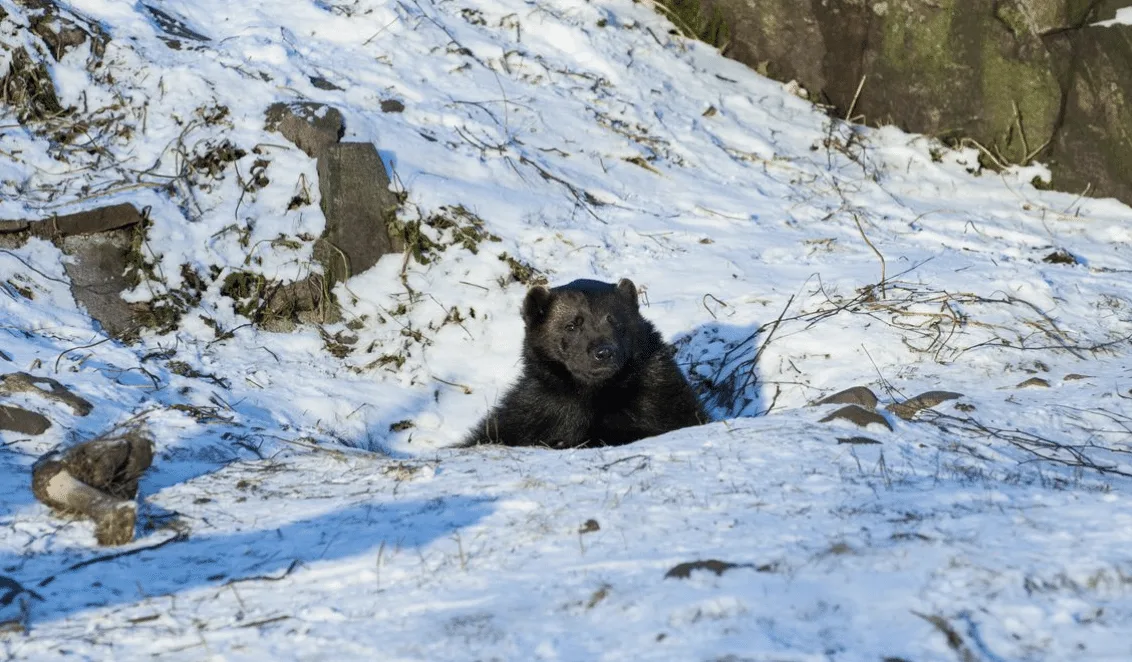In an ideal world, bears enter hibernation around the beginning of November, sometimes late October, after accumulating enough fat reserves to sleep through winter, a season where food supplies are typically scarce.
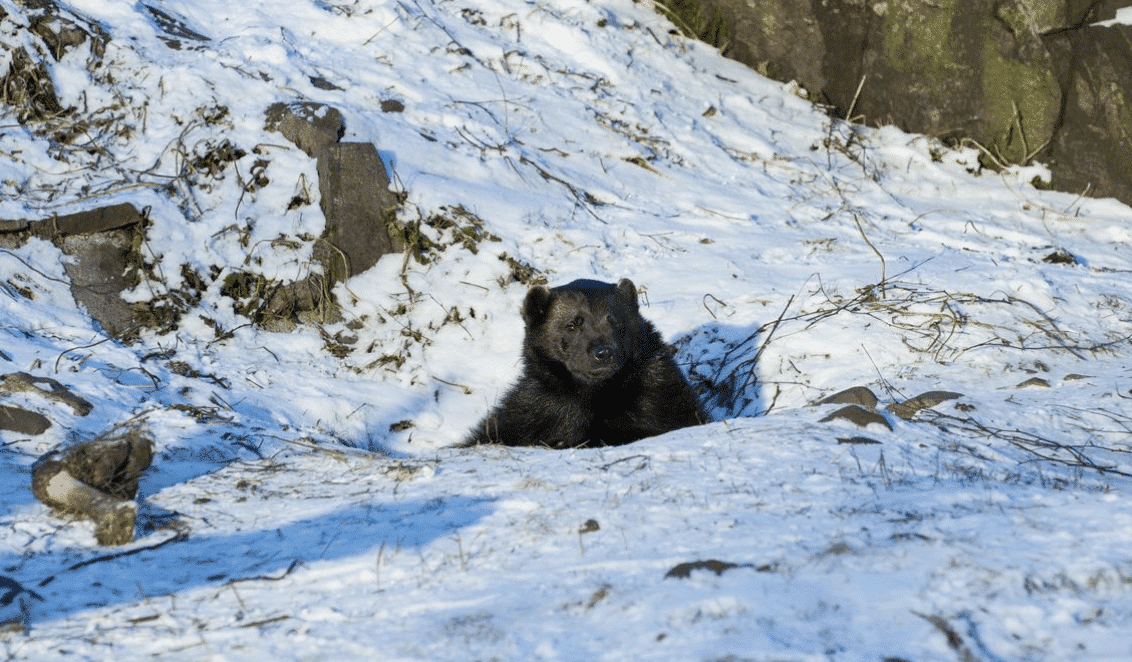
This perfect utopia isn’t happening in Siberia, situated in the heart of Russia; many individuals label it as “no-man’s land” due to the harsh climate and terrain. Renowned for being excruciatingly cold during winter, bears have been spotted roaming around dazed (and probably confused).
They have every right to be puzzled; currently, the area is experiencing unprecedented weather, making it nearly impossible for bears to sleep, and unlike most animals, who’ll routinely hibernate around the same time each year, bears are known to choose their moments, based on clues like food supplies and weather.
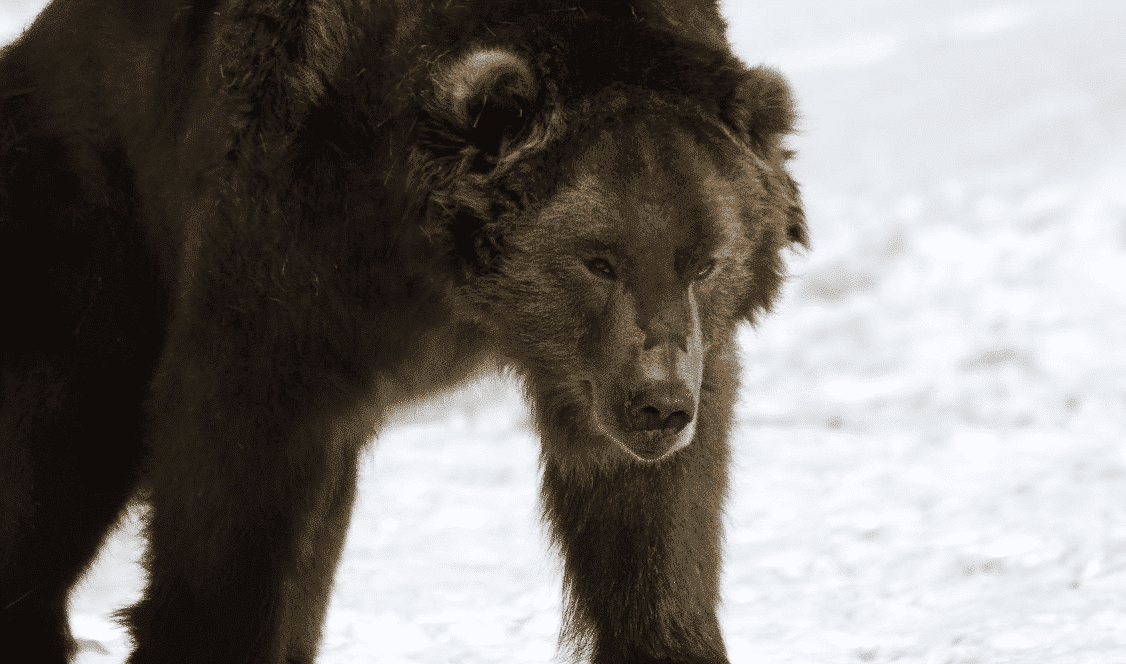
It’s male bears who feel the heat, as mothers and their cubs are known to adhere to strict hibernating rules: when the end of October comes, they enter the den and don’t leave until spring.
Life In Siberia
Siberia, a vast and enigmatic region situated in the heart of Russia, is characterized by its extreme climate and rugged terrain. Spanning over 9 million square kilometers, it is the largest geographical region in the world, known for its harsh conditions and unique ecosystems.
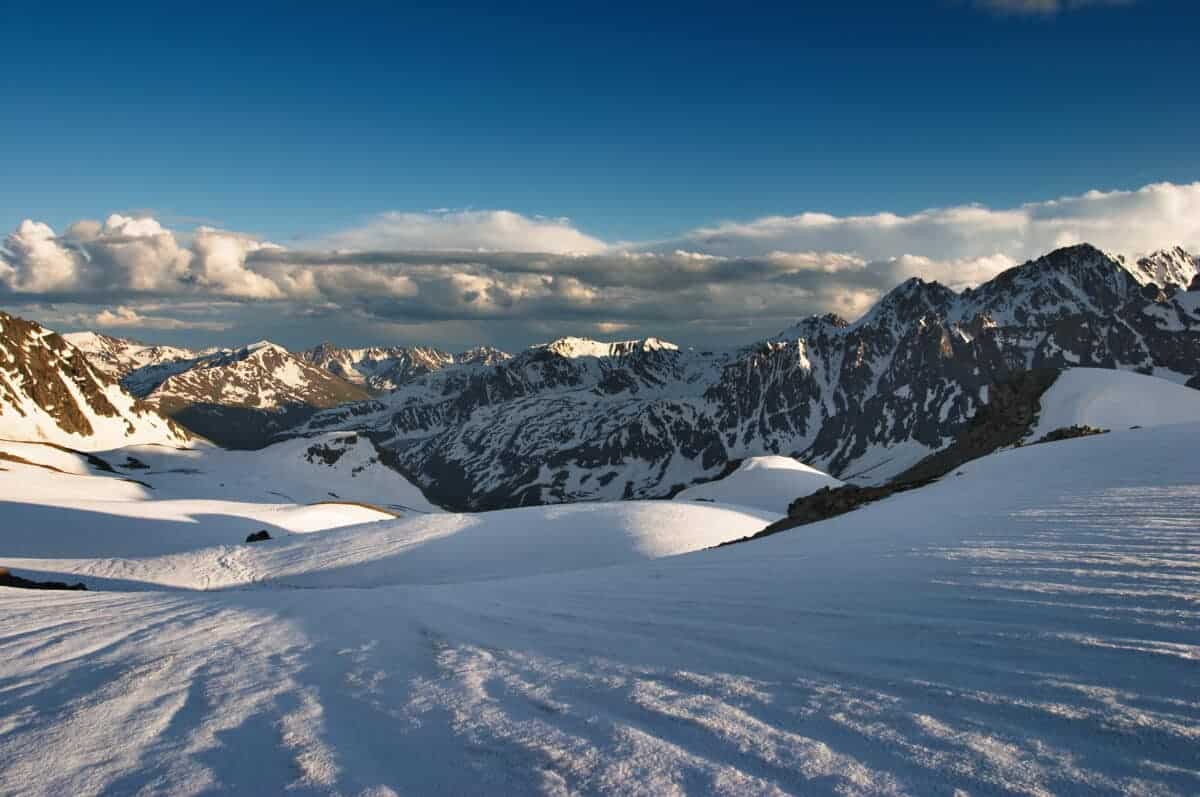
Extreme Temperatures
Siberia is notorious for its extreme temperatures, experiencing a wide range of climate variations throughout the year. Winters are particularly brutal, with temperatures plummeting well below freezing. In some areas, such as Verkhoyansk and Oymyakon, temperatures can reach as low as -50 degrees Celsius (-58 degrees Fahrenheit), making Siberia one of the coldest inhabited places on Earth. The summers, on the other hand, can bring a temporary reprieve, with temperatures rising to more moderate levels.
Unique Wildlife
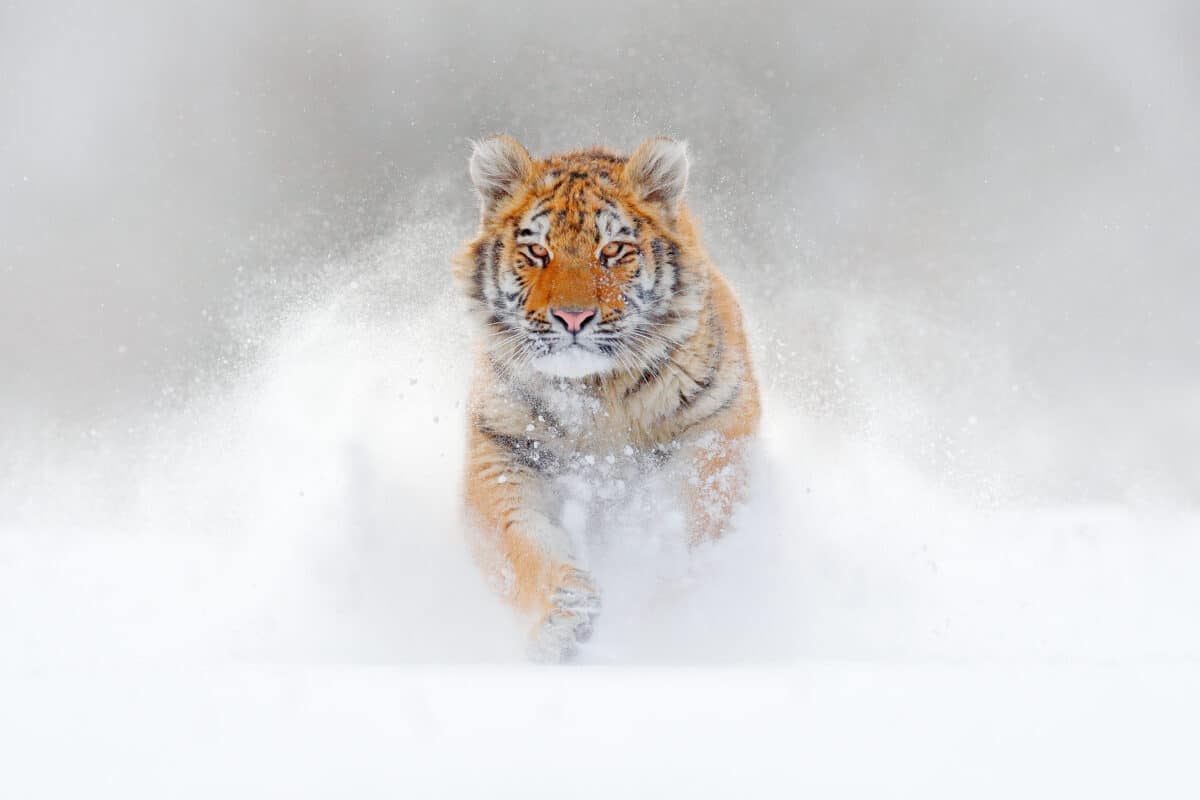
Despite its challenging climate, Siberia is home to a diverse array of wildlife adapted to the harsh conditions. The Siberian tiger, one of the world’s rarest big cats, roams the taiga forests. Additionally, the region hosts large populations of reindeer, wolves, and wolverines. The vast expanses of Siberia also serve as a crucial habitat for migratory birds, creating a rich tapestry of biodiversity.
Nomadic Indigenous People of Siberia
While Siberia’s climate and geography make it a challenging environment for human habitation, several indigenous communities have called this region home for centuries. Nomadic groups, such as the Nenets and Evenki, have developed unique ways of life, relying on traditional practices like reindeer herding and ice fishing to sustain themselves. These indigenous peoples have a deep connection to the land, adapting to the extreme conditions with resilience and resourcefulness.

Sparse Population Centers
Despite its vast size, Siberia is sparsely populated. The harsh climate and remote locations contribute to the scarcity of human settlement. Larger cities like Novosibirsk and Irkutsk serve as regional hubs, but much of Siberia remains wilderness. The Trans-Siberian Railway, one of the longest railway lines in the world, connects some of these isolated regions, facilitating transportation and trade.
Join our Forum for free today!

- Surprise! Phoenix Zoo Builds an Animal-Friendly Snowy Wonderland - July 25, 2024
- Brazilian Sharks Test Positive for Cocaine - July 25, 2024
- Insects are Dismantling Tunisia’s Crucial Prickly Pear Industry - July 24, 2024

